It can be difficult to tell stories of love and romance in Dungeons & Dragons and other tabletop RPGs, so here are tips to avoid common pitfalls.
Fantasy roleplaying games such as Dungeons & Dragons are traditionally designed to tell stories of magic, exploration, combat, and adventure, but can easily be tweaked to tell tales of romance, passionate rendezvouses, and star-crossed lovers. A DM trying to run an RPG campaign with romance should always be mindful of what the players in their group are and aren’t comfortable with. Indeed, the best romance-focused tabletop RPG campaigns frequently de-emphasize competition and dice-rolling in favor of collaborative storytelling, high-stakes decisions, and consent-based negotiation between players and DMs.
Early roleplaying games like Dungeon & Dragons took the tactical combat rules of war-games and used them to simulate the trials and tribulations of dungeon-crawling fantasy adventurers modeled after the roguish protagonists of classic sword-and-sorcery tales – unscrupulous heroes such as Conan the Barbarian, Fafhrd and the Grey Mouser, and Jirel of Joiry who braved fearful underworlds, spilled the blood of their enemies, and occasionally fell in love with dangerous beauties. Early attempts at depicting romance in games like D&D sometimes trended towards the crass and juvenile (as depicted in the stereotype of the snickering tabletop gamer rolling dice to see if their PC can seduce the barmaid). At the same time, these early RPGs were cauldrons of imagination that empowered both players and GMs to collaboratively tell RPG stories of community, togetherness, friendship, love, and heartbreak.
Most of the rules in the 5th edition of Dungeon & Dragons are centered around simulating combat, exploration, and the casting of magic spells. That said, certain resources in the 5e Dungeon Master’s Guide, along with resources and storytelling tools from other roleplaying game systems, can empower Dungeon Masters to run multi-session campaigns with tragic affairs, heartwarming friendships, and epic courtships as exciting as a fight with a dragon. When designing and running a romance-heavy D&D campaign, DMs should keep the following principles in mind:
D&D DMs Should Make Sure Players Are Comfortable With Romance
If a DM wants to use a D&D RPG trope or has a (seemingly) brilliant idea for their newest campaign, they should always talk with their prospective players first to make sure they’re all onboard with the premise. This basic game-running principle holds doubly true for romance-themed RPG campaigns, which may include intimate scenes of flirtation, seduction, sexuality, and heartbreak some players just won’t be comfortable with. Even if everyone is into the concept of a romantic RPG campaign, the DM should still give players the agency to decide what sort of love stories they’ll tell and how explicit certain scenes will be. The “X-Card” Safety Tool is a basic but reliable way for players to pause a scene they’re not comfortable with, while the “Lines And Veils” RPG Safety Tool lets players decide whether GM-narrated scenes of love-making “fade to black” or are described in non-lurid ways. If one of the players aggressively objects to the use of Safety Tools in a romance-themed Dungeons & Dragons campaign, that’s generally a “canary in the coal mine” sign they should probably find another game to be part of instead.
Romance-Heavy D&D Games Should Let Players Design The Game’s Romances
After making sure their players are on board with an RPG campaign focused around romance, D&D DMs can further secure their interest by encouraging them to design the game’s basic romantic premises. There are some Tabletop RPG players (and their characters) who may be interested in romances that homage the courtly love narratives of the Middle Ages where knights woo maidens. Others may invoke the doomed, passionate love affairs of Gothic literature. Others still may want RPG campaigns with LGBTQI+ themes, asexual romances, or other forms of love and affection. By encouraging players to help shape the romantic setting they role-play in, DMs can get them more emotionally invested in the game while also steering clear of love stories they wouldn’t be into (or that might make them uncomfortable).
RPG Scenes Of Seduction Or Flirtation Shouldn’t Be Resolved With Dice Rolls
In a short, recently published article on GeekNative.com, Emily Allen, the creator of the queer fantasy TTRPG Dungeon Bitches, expresses the belief that dice-rolling RPG mechanics are a poor way to simulate scenes of romance. In D&D and other similar roleplaying games, players roll dice when their players engage in competitive activities – battles and other contests where there’s a winner and a loser, a dominator and a dominated.
In contrast, romance, sex, and other forms of intimacy are built around consent and communication between two or more people; here, the question isn’t who the more powerful person is, but whether they can open up and express their true feelings to each other. Instead of using classic RPG dice-rolling mechanics to decide the outcome of romantic interludes, players and GMs in a romance-focused RPG campaign are generally better off using narrative rules focused on the consequences of the choices player characters and NPCs make.
DMs Can Borrow Rules From Other RPG Systems To Resolve D&D Scenes With Romance
Rather than tying romance to dice rolls or a Charisma attribute, Dungeons & Dragons DMs running romance-heavy game sessions may be better off using rules from RPG systems specifically designed to tell stories about falling in (and out of) love. A narrative mecha RPG with easy rules known as Mobile Frame Zero: Firebrands, for instance, has diceless RPG rules for dances, polite conversation, and salacious duels between love-struck Frame pilots, with players taking turns asking each other questions about the actions and reactions of their characters. The Good Society RPG, thematically inspired by Pride & Prejudice and other Jane Austen stories, has similar rules centered around negotiation and the spending of tokens, empowering players to roleplay country aristocrats in Regency-era England who go to balls, engage in polite conversation, and pursue love behind the veil of decorum.
D&D DMs looking to make the romance of their campaigns less old-fashioned may even draw from modern-day urban fantasy RPGs such as Monsterhearts, a Powered By The Apocalypse roleplaying game about teenage paranormal entities attending high school, or Visigoths vs. Mall Goths, where time-traveling warriors take a break from sacking Rome to hang out with teenagers in a 1990s shopping mall. Dungeon Masters can borrow game mechanics from these systems to resolve scenes of love, intimacy, or emotional turmoil, then switch back over to Dungeons & Dragons 5th edition rules when a troll needs to be slain or a dungeon explored.
Article Plucked:
https://screenrant.com/dnd-dungeons-dragons-romance-tips-tricks-campaign-story/
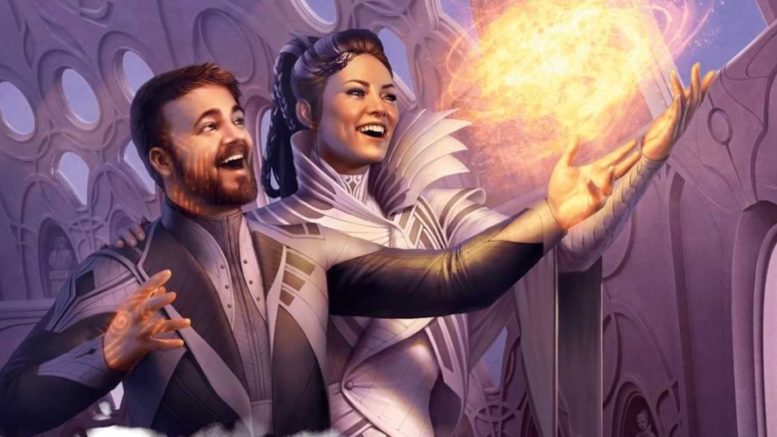
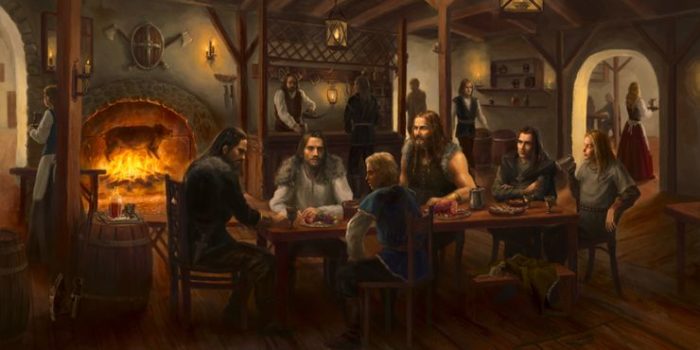
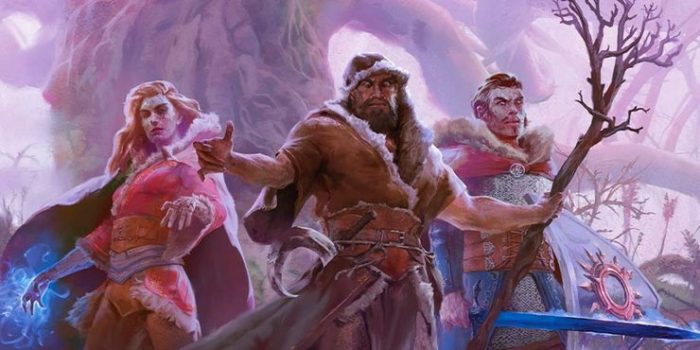
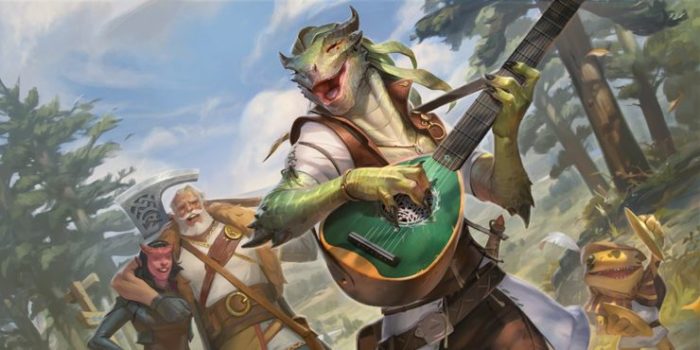
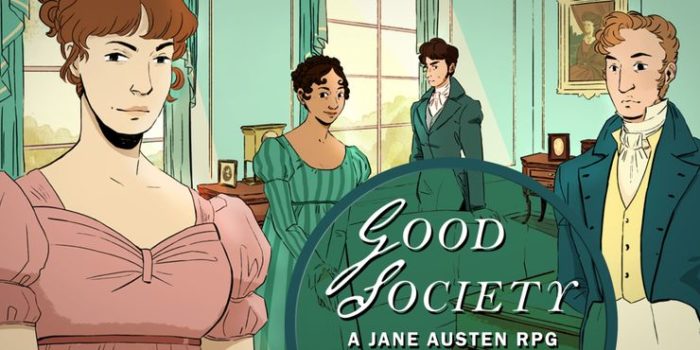
Be the first to comment on "How To Do D&D Romance Right (& Wrong)"